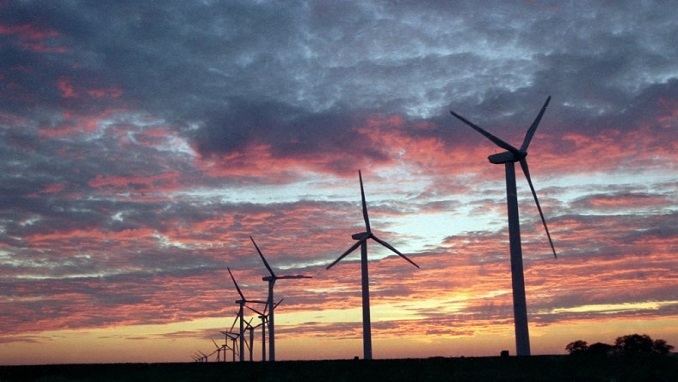Renewable energy sources (RES) have regained their role as Germany’s most crucial electricity producer, DW reported.
In the ending 1st quarter, according to preliminary estimates, they generated about 74.5 billion kilowatt-hours (kWh) of electricity, or about 25% more than in the same period in 2021.
In the first two months of the year, RES provided an average of 54% of electricity consumption in Germany: 47% in January and 62% in February.
The data was published on March 28 by the Federal Association of Energy and Water Companies (BDEW) and the Research Center for Solar and Hydrogen Energy of the Federal State of Baden-Württemberg (ZSW).
In the first two months of 2022, a sharp increase in “green” electricity production was due to strong winds, primarily due to the three hurricanes that hit Germany.
As a result, the German wind industry set a record in February, generating 20.6 billion kWh in a month for the first time in its history.
During the second half of March, a long blocking anticyclone caused numerous days of cloudless weather in the region. This, in turn, has provided a significant increase in energy generation from solar power plants, as well as countless solar panels on the roofs of residential buildings, office buildings, and outbuildings.
Thus, German renewable energy stock again took the lead in the competition with traditional electricity (local lignite and imported hard coal, the remains of nuclear energy, and, to a small extent, oil).
In 2021, the share of renewable energy in electricity generation decreased, according to the Federal Statistical Office of Germany (Destatis), to 42.4%.
Before that, in 2020, this figure reached an all-time high of 47.1%. Then, in the first half of the year before last, renewable energy provided for the first time more than half of all electricity generated in Germany: 50.2%.
And now, two years later, it is again taking the lead – thanks to suitable weather and an increase in the number of renewable energy installations.

